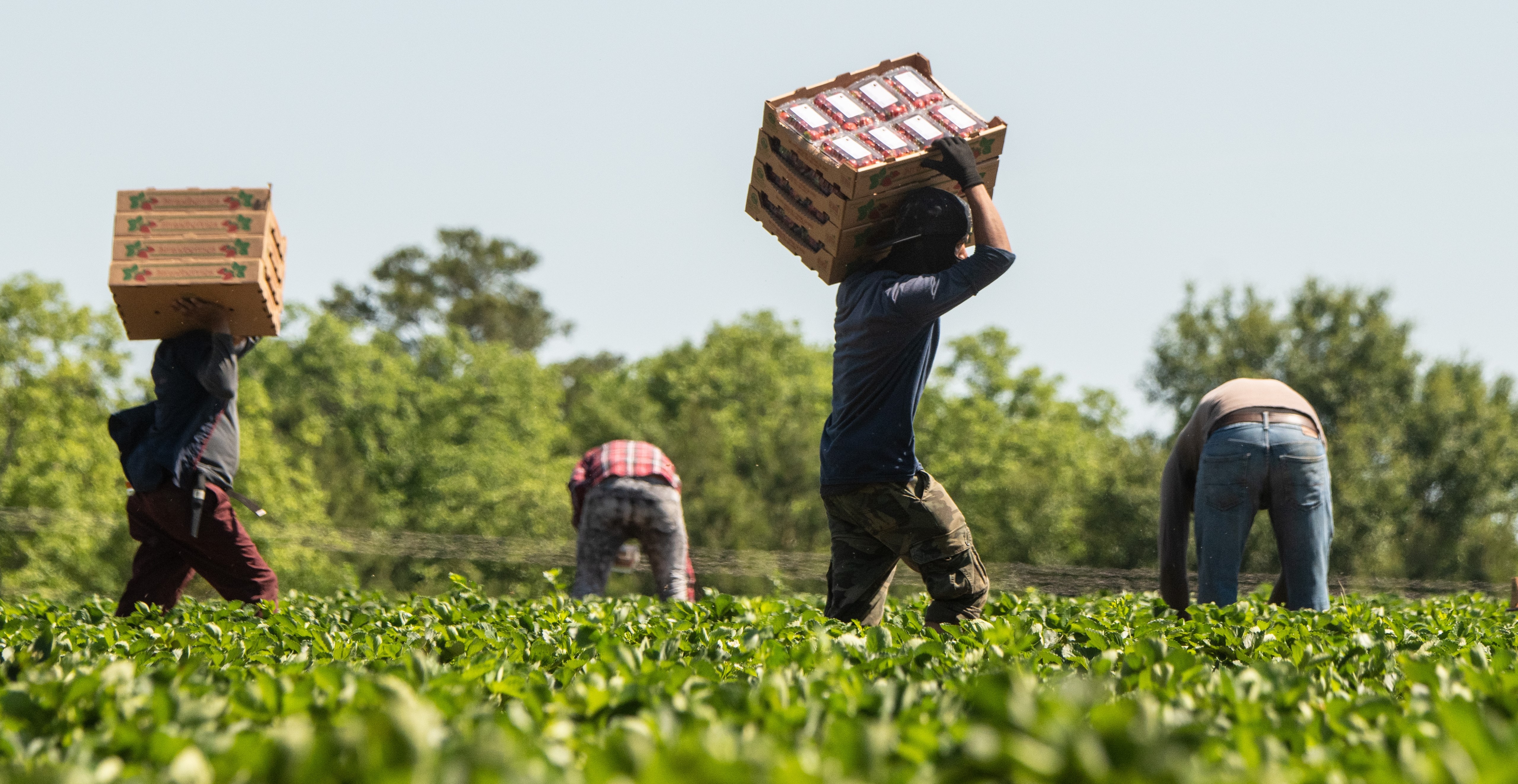Mike Orlando is a law student in the HLS Food Law & Policy Clinic and a guest contributor to this blog.
Approximately 44 million Americans live without ready access to healthy food. To help mitigate this issue, Congress created the USDA Healthy Food Financing Initiative (“HFFI”) as part of the 2014 Agricultural Act (commonly referred to as the farm bill). HFFI expands food access in underserved areas by providing funding and technical assistance to enterprises that help build local food systems. FBLE has advocated for Congress to invest in a “robust” HFFI, and specifically called for Congress to offer HFFI at least $25 million in mandatory annual funding. After years hovering at or below $5 million per year, USDA funneled $155 million to HFFI from a pool of money it received from the American Rescue Plan Act in 2022.
This blog will provide some background on HFFI, and what this influx of funding could mean for the program. Note that there is also a similar, but distinct, HFFI track that receives money from the Treasury and is independent of USDA. This blog will focus solely on the USDA HFFI program (but feel free to learn more about the Treasury side here).
How does HFFI work?
HFFI operates as a public-private partnership that offers grant and technical assistance to food businesses serving low-food-access areas. To administer the program, USDA partners with Reinvestment Fund, a non-profit community development financial institution. Reinvestment Fund fields applications from interested businesses and ultimately selects the final recipients. Eligible organizations include retailers, local distributors, regional hubs, and other businesses designed to uplift local food systems, with an emphasis on providing healthy, fresh ingredients to areas that lack them.
What areas does HFFI serve?
HFFI targets underserved communities—but how does Reinvestment Fund define that term? Reinvestment Fund leverages the USDA Food Access Research Atlas, which maps low-income and low-food-access (LILA) census tracts across America. Businesses that operate in a LILA tract (or certain adjacent tracts) are eligible to participate in the program. Historically, HFFI grants were split about evenly between urban and rural tracts.
Funding History
Despite its authorization in the 2014 farm bill and reauthorization in 2018, HFFI did not receive USDA funding until 2017. Both bills authorized up to $125 million of discretionary funding only—meaning the program’s actual budget was subject to the annual appropriations process. HFFI received only $1 million per year in 2017 and 2018, $2 million in 2019, and $5 million per year in 2020 and 2021. These figures came in well below FBLE’s recommendation of $25 million per year. However, things changed dramatically in 2022. Congress passed the American Rescue Plan, and allocated $4 billion to USDA to help address disruptions to the food system’s supply chain caused by the COVID-19 pandemic. From that $4 billion, USDA channeled $155 million to HFFI for 2022—thirty-one times the amount of annual funding the program had garnered previously.
What does this mean for HFFI?
It may come as a shock to you, dear reader, but $155 million is more than $5 million. A lot more. This is the kind of legal analysis you can only find here, folks.
Jokes aside, open questions remain regarding how (or if) this capital influx will reshape HFFI. Prior to 2021, Reinvestment Fund had handed out “4.4 million in grant awards to 30 projects.” It blew past those figures in 2021 alone—doling out 134 grants totaling $22.4 million. Reinvestment Fund has already announced a new grant initiative, the HFFI Partnerships Program, which will invest in state, local, and regional public-private partnerships (creating a public-private partnership within a public-private partnership). The Partnerships Program is set to make $40.5 million in grants to 2023 applicants, surpassing total HFFI activity in prior years.
Apart from the Partnerships Program, there are two obvious ways for HFFI to spend this newfound money: more grants or larger grants (or both). In 2019 and 2020, average grant size equaled roughly $146,000, while in 2021, that number increased to $168,000. Reinvestment Fund has not yet released its list of recipients for 2022 and beyond, but it would not be a surprise to see both the raw grant totals and average grant amount increase again.
Funding Future
HFFI was reauthorized for five years in 2018, and extended for one additional year when Congress failed to pass a farm bill in 2023. The program’s future beyond 2024 remains murky, since it’s tied to the next farm bill (whenever Congress decides to pass one). Senator Casey (D-PA) has already introduced a marker bill that would fund HFFI to the tune of $30 million in 2025 (ramping up to $50 million by 2028), but it’s unclear whether his proposal will make it into the final farm bill. The outcome of the upcoming election, and the composition of the House and Senate, will ultimately determine the resources HFFI will have moving forward.
The views and opinions expressed on the FBLE Blog are those of the authors and do not necessarily reflect the official policy or position of FBLE. While we review posts for accuracy, we cannot guarantee the reliability and completeness of any legal analysis presented; posts on this Blog do not constitute legal advice. If you discover an error, please reach out to contact@farmbilllaw.org.


